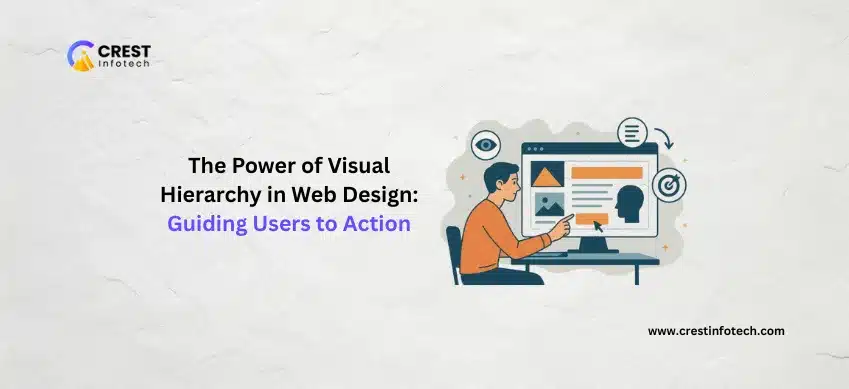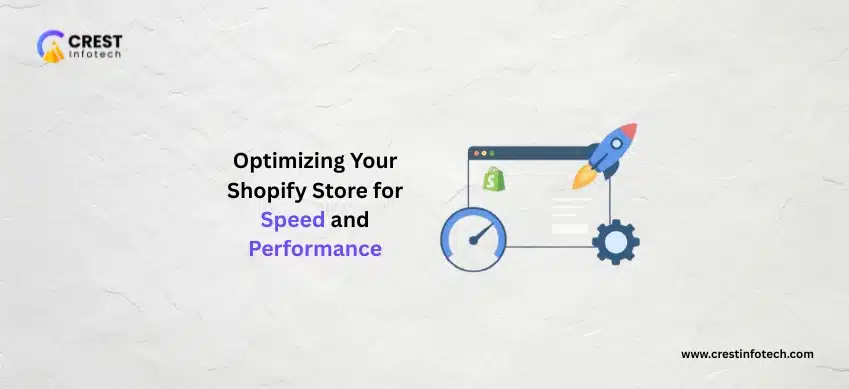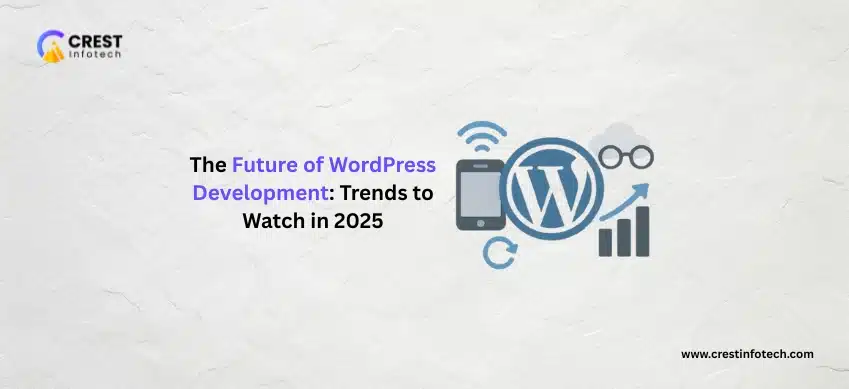Great web design isn’t just about looking good — it’s about guiding users through your content in a way that feels intuitive and effortless. Visual hierarchy is the principle that helps organize content so users naturally know where to look, what to read, and what to click.
1. What Is Visual Hierarchy?
Visual hierarchy is the arrangement of elements in order of importance. It tells your users what to focus on first, next, and last.
- Size: Larger elements grab attention first
- Color: Bold or contrasting colors stand out
- Position: Content at the top or center is usually seen first
- Whitespace: Surrounding space helps elements stand apart
2. Establish a Clear Content Structure
Strong structure is the foundation of effective visual hierarchy.
- Use clear headings and subheadings to break up content
- Highlight key takeaways with bullet points or bold text
- Maintain a logical flow from top to bottom and left to right
- Use grids or columns to align content consistently
“A good layout isn’t noticed — it simply makes the content easier to understand.”
3. Use Size and Scale Strategically
Larger elements get noticed first. Use scale to show what matters most.
- Make CTAs (calls to action) larger than other buttons or links
- Ensure headlines are noticeably bigger than body text
- Don’t make everything large — contrast matters
4. Apply Color and Contrast to Direct Focus
Color plays a major role in drawing the eye and establishing priority.
- Use bright or bold colors for buttons and links
- Apply neutral tones for backgrounds to reduce distractions
- Leverage contrast to separate elements clearly
- Use a consistent color scheme that aligns with your brand
5. Incorporate Whitespace for Clarity
Whitespace (or negative space) gives elements room to breathe and helps users focus.
- Avoid clutter by separating sections with ample spacing
- Use padding around buttons and text blocks to improve readability
- Whitespace can also create natural visual breaks and guide flow
“Whitespace isn’t empty — it’s a powerful tool for focus and flow.”
6. Use Typography to Show Importance
Typography helps communicate structure, tone, and purpose.
- Use different font sizes and weights for headings vs. body text
- Stick to 2–3 font styles max to maintain consistency
- Ensure text hierarchy is logical and accessible
- Highlight keywords with bold or italic styles
7. Guide Users to Take Action
The ultimate goal of visual hierarchy is to guide users to act — whether it’s signing up, making a purchase, or clicking a link.
- Make primary CTAs visually dominant but not overwhelming
- Position buttons after relevant content or benefits
- Use directional cues like arrows or imagery to guide the eye
- Limit choices to reduce friction and decision fatigue
“Design is about guiding, not overwhelming — show users the next step, clearly and confidently.”
Final Thoughts
Visual hierarchy is what turns a cluttered page into a guided journey. By using size, color, position, and typography wisely, you can lead users through your content and nudge them toward meaningful action.
Start with your user’s goal. Highlight what matters. And always design with intention — because when everything stands out, nothing does.



